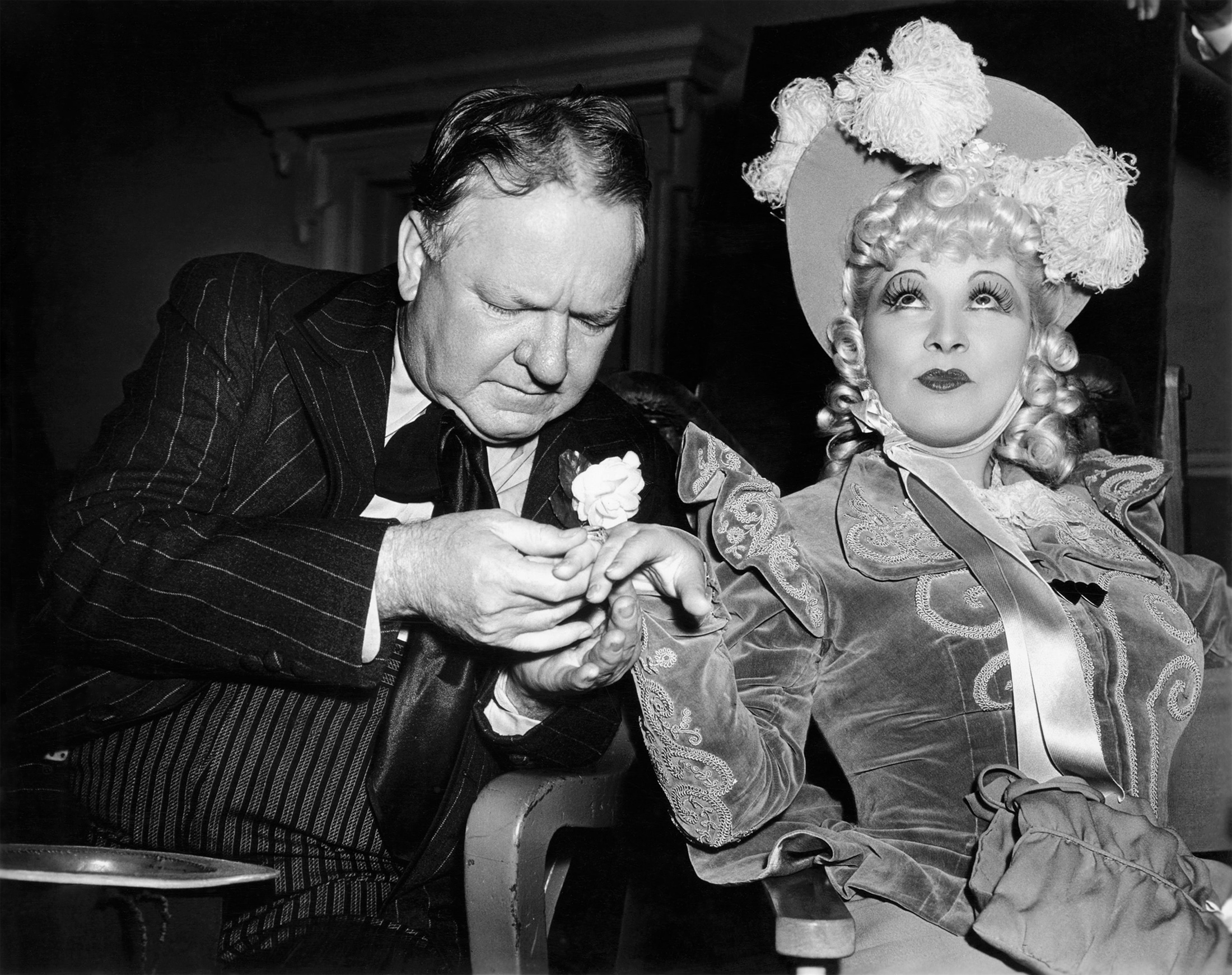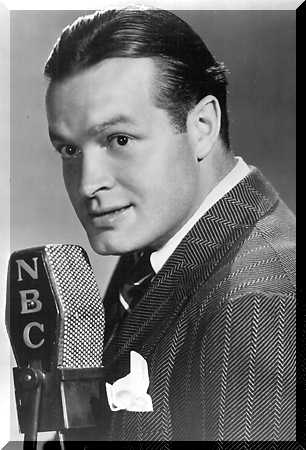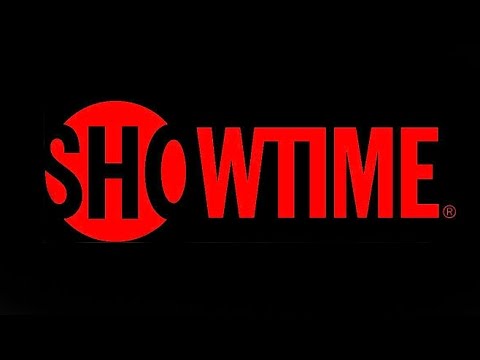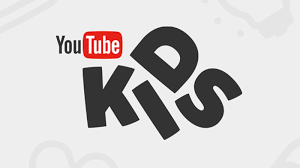Double-Standards—Triple Standards
We have created—and are living with the consequences of—a 3-tiered content standards for video. The standards differences have created and impacted artistic and business conditions and have profoundly affected our consumption behaviours, yet remain largely invisible and unexamined.
Broadcast standards were established soon after commercial radio began and were extended to television broadcasting in the 50s. The premise was that the public owned the airwaves and the publically-licensed broadcasters had an obligation to limit what they broadcast, specifically in terms of sexual or violent content. There could have been other limitations—e.g. ideological—but sex and violence became the biggies.

The standards had their beginning in movies, which had instituted the Hays Office, a self-policing agency to avoid governmental control. The standards were so precise that they stipulated not just a ban on the portrayal of sexual activity, but married people had to sleep in twin beds. If they were shown together in a bed, one partner had to have at least one foot on the floor. There was a complete ban on swearing, to the extent that W.C. Fields, a prodigious profaner, invented soundalike curses that he could use on screen: “GODfrey DANiel!”.

Bob Hope was notoriously banned from radio for an exchange on one of his radio shows. In the sketch, he was walking with a woman friend on a winter’s day and she complained of having cold hands. He invited her to warm her hands in his pockets, to which she replied, “Oh, I couldn’t do that! I’d feel silly!” Hope said, “Put them in a little further and you’ll feel nuts!”

Commercial broadcast networks are still bound by standards that stipulate the kinds of sex and violence—or even sexual and violent subject matter—that can be represented. For reasons of neglect or sloth, or maybe to give the beginners a better chance in the video arena, cablecasters are not. This difference in policy has created a double standard and given rise to the fortunes of cable prodecers, e.g., HBO and Showtime. These production companies have become famous and rich for creating compelling long-form series that are able to push the sex/violence envelopes of form and content by virtue of only one factor: they are digitally delivered by wire rather than air. Otherwise, both arrive digitally, in stereo, high-quality, etc. Their audiences are the same people.

With the advent of the Internet, then YouTube, Vimeo, Facebook, Vine, TikTok, Periscope, Netflix and Amazon, video arrives in a third tier. With each tier, the limitations lessen, the oversight fades. What little governmental oversight might have sustained from broadcast to the cable system, the multinational aspect of online video has reduced it to little or none.
GODfrey DANiel!
By simply allowing a more permissive environment on cable than broadcast, governments created business opportunities for cable broadcasters and declining audiences and revenues for commercial broadcasters. The same mechanism is now at work between internet and cable video suppliers. Netflix pays no taxes in Canada and there is no Canadian mechanism for censoring—or even classifying—its content. It can show what it wants, charge what it wants, and keep it all. Facebook, YouTube and Amazon are enjoying the same freedoms. Governments, once so carefully vigilant of what their citizens saw and heard via the airwaves, have gone silent.

What are consumers, and especially parents, to do when faced with a vacuum of oversight? There are options. One is to turn it all off. OK, that’s not really an option, or at least one that almost none will select. Another is to turn some of it off, excepting that children are often more savvy about controls than their parents, so that option is spotty at best. The V-Chip was a good example of such foolish thinking.

YouTube Kids is an attempt to filter out objectionable content, but what IS objectionable content? Same-sex relationships? Swearing? The occult? Eating pork? Socialism? Women with uncovered heads? Women politicians?
Banning the N-word omits a large portion of Hip Hop music. Banning violence omits a large portion of Shakespeare’s tragedies. ‘Objectionable’ changes meaning continuously. The challenges are sufficiently problematic—and so much work and vigilance—that most people will just turn away.

How about media literacy? An awareness of the power and effectiveness of media elements and their effects, e.g., abilities to influence thoughts and actions. How about parents sharing their attitudes and opinions with other parents and with their children? How about children sharing their media experiences and assessments with their parents?
The chances of changing media content are probably even less than changing the 3-tier standards conundrum. But parents, as first-responders* to media effects, can make changes at home. They can become aware of the family’s media experiences. They can reflect and share their assessments of those experiences. They can discuss their feelings and thoughts with other family members.
Collectively, and in light of the oversight vacuum at the governmental and business levels, families can enact their own media policies. They can re-visit and re-write the policies at intervals as their children mature and the media landscape evolves. Sharing these duties with their children, they can all become more aware and responsible for their own media consumption.
~~~~~~~~~~~~~~~~~~~~~~~~~~~~~~~~~~~~~~~~~~~~~~~~~~~~~~~~~~~~~~~~~~~~~
* I use ‘first-responders’ here for effect. I know that first-responders are police, fire and ambulance that arrive to help people in distress, and that suggesting parents—and teachers—are first-responders seems strange. But if a family is troubled by media consumption habits or a classroom is likewise disfunctional, police, fire and ambulance are NOT going to arrive to help. Media businesses are not going to help beyond superficial efforts because that does not fit their business model. Governments might help, but react so slowly and ineffectively that their support won’t arrive until the crisis is well past. Parents and teachers are first-responders not by choice but by necessity. They experience challenges first hand and need timely solutions. There are many wonderful benefits enjoyed by technologies, but each also has its hazards. Media literacy helps us to identify and maximize the benefits; it helps us identify and ameliorate the hazards.
(These lesson ideas are adaptable to a secondary school classroom – ed.)




